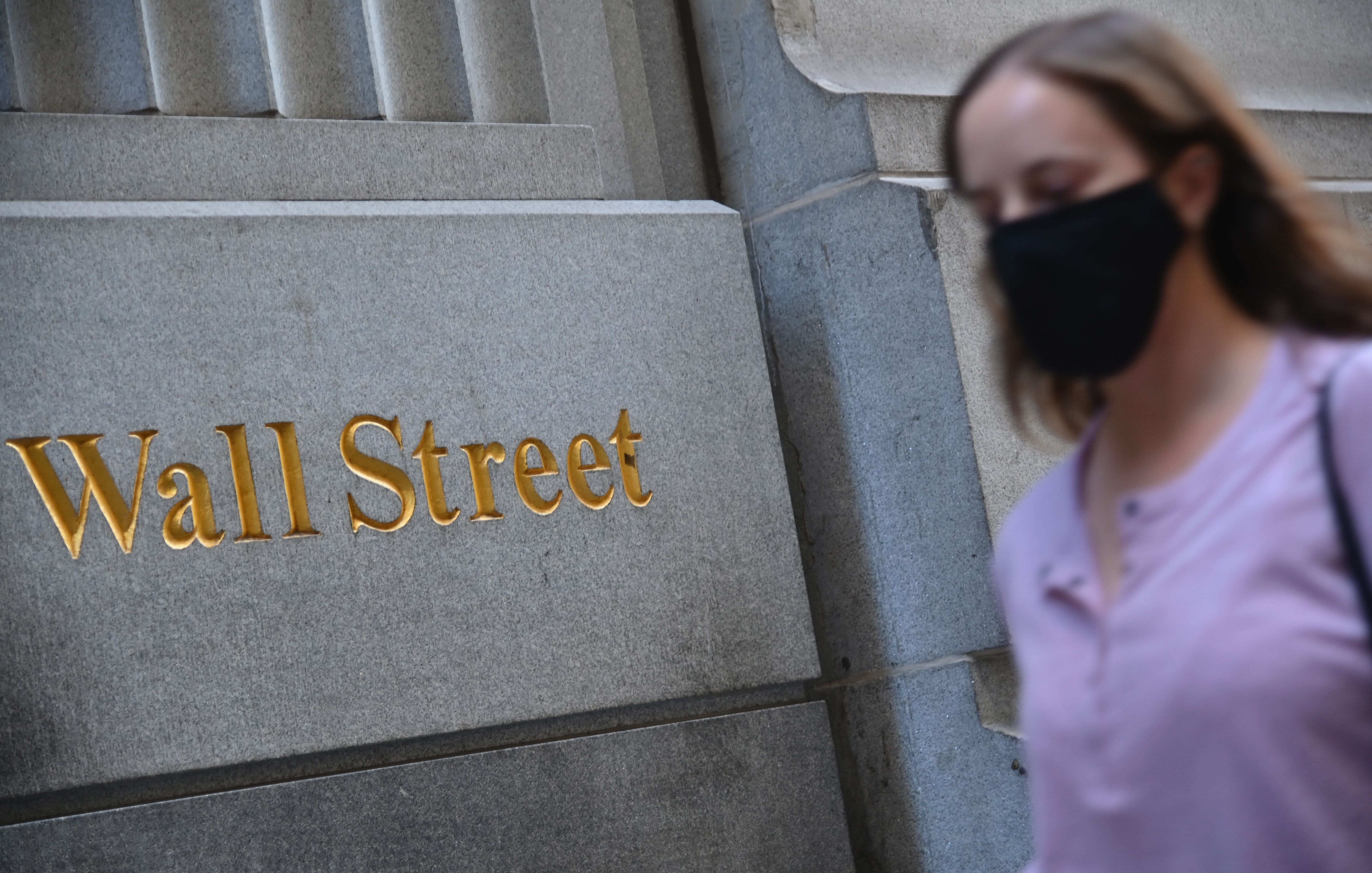U.S. stock index futures were little changed in overnight trading on Tuesday, after a session that saw stocks alternate between gains and losses.
Futures contracts tied to the Dow Jones Industrial Average slid 20 points. S&P 500 futures and Nasdaq 100 futures each declined 0.09%.
Stocks closed little changed on Tuesday as traders digested higher rates, possible additional stimulus measures and political turmoil.
The Dow Jones Industrial Average rose 60 points, or 0.2%, to 31,068.69. The Nasdaq Composite ended the day up 0.3% and the S&P 500 rose slightly to 3,801.19. Meanwhile, the yield on the benchmark 10-year Treasury briefly traded at 1.18%, its highest level since March.
Given the rise, Credit Suisse recommended that investors favor pro-cyclical sectors, including financials and energy. Rising rates could hurt growth stocks, however, and a number of tech heavyweights including Facebook and Apple declined during Tuesday’s session.
Expectations for additional fiscal stimulus is one of the reasons behind the steady move higher in yields. President-elect Joe Biden is expected to release details on his economic plan on Thursday.
“At a minimum, even a USD 500bn fiscal package consisting of additional stimulus checks, extended unemployment benefits, and funding for healthcare and vaccine disbursement will be another boost to economic growth in 2021,” noted Jason Draho, UBS Global Wealth Management head of Americas asset allocation.
Following Tuesday’s muted session, the major averages remain lower for the week after Monday’s slide. The Nasdaq Composite is the relative underperformer, down roughly 1% over the last two sessions. Small caps are, however, a bright spot, and the Russell 2000 is up 1.7% so far this week.
The moves come as turmoil in Washington continues. The Democratic-held House will vote Tuesday night on a resolution calling on Vice President Mike Pence and the Cabinet to invoke the 25th Amendment to push Trump out of the White House.
Covid cases also continue to increase in the U.S. and abroad. The U.S. is recording at least 248,650 new Covid-19 cases and at least 3,223 virus-related deaths each day, based on a seven-day average calculated by CNBC using Johns Hopkins University data.
Still, many say the U.S. is poised to return to growth later this year.
“In 2021, the U.S. economy should experience strong tailwinds from additional fiscal and monetary stimulus coupled with an end to the pandemic’s impact on the economy,” said Brent Schutte, chief investment strategist for Northwestern Mutual Wealth Management. “Pent-up demand in industries impacted by COVID-19 … and a needed inventory rebuild should further spur job growth,” he added.
Taken together, Schutte said this sets the stage for above-average economic growth, and he sees stocks climbing to new highs.
– CNBC’s Jacob Pramuk contributed reporting.
Subscribe to CNBC PRO for exclusive insights and analysis, and live business day programming from around the world.
